Why DeFi Projects are Rushing to Build on Bitfinity's EVM Chain
Learn why DeFi projects are flocking to build on Bitfinity. Read on to stay ahead of the next generation of DeFi!
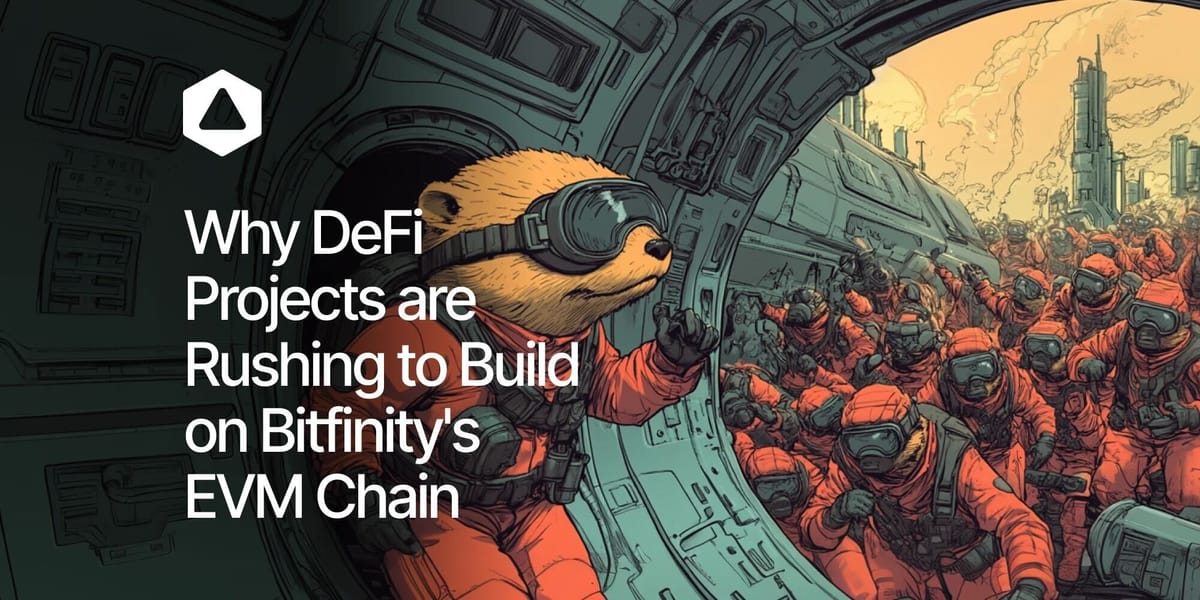
For long, several Bitcoin layer 2 solutions (L2) crawled out of the woodworks, each with a claim to solve the main pain points in Bitcoin - particularly scalability and high transaction fees during congestion. Through their different designs, several have succeeded in this quest, but there was one part that many overlooked- compatibility with the Ethereum Virtual Machine (EVM).
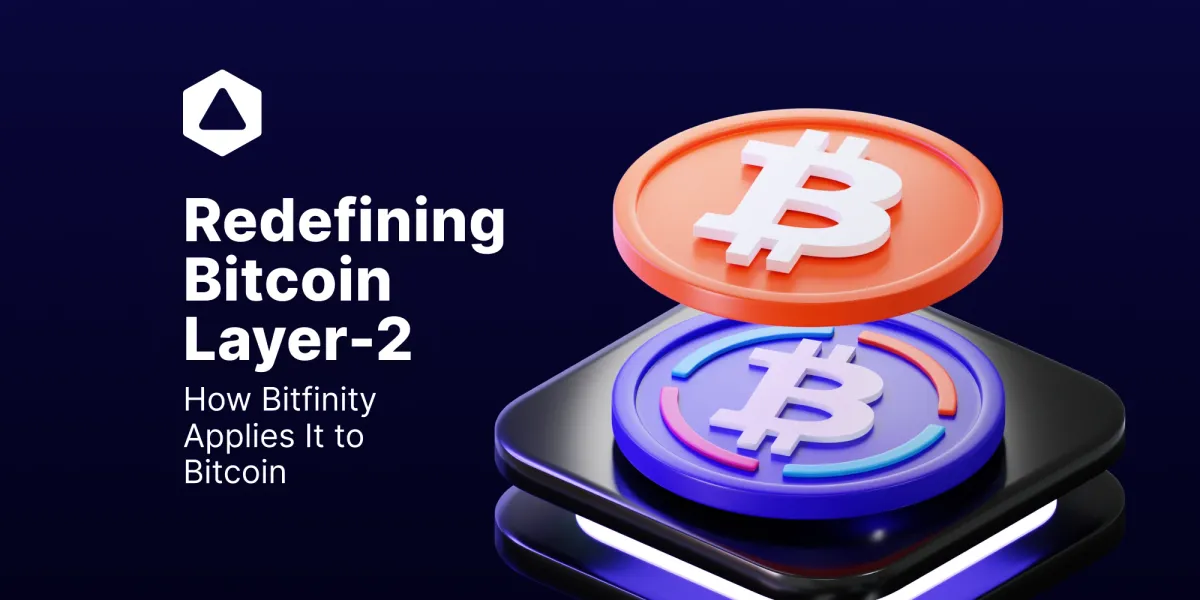
You might be wondering why Bitcoin layer 2 solutions should be compatible with EVM. Well, to help you understand this, we all know that EVM is Ethereum's building engine. And thanks to its widespread adoption and deep developer ecosystem, it has become the standard for executing smart contracts and managing state transitions on many blockchain networks.
Therefore, by adopting EVM compatibility, Bitcoin L2s can tap into an existing pool of development tools, smart contracts, and a large community of developers that are ready to build.
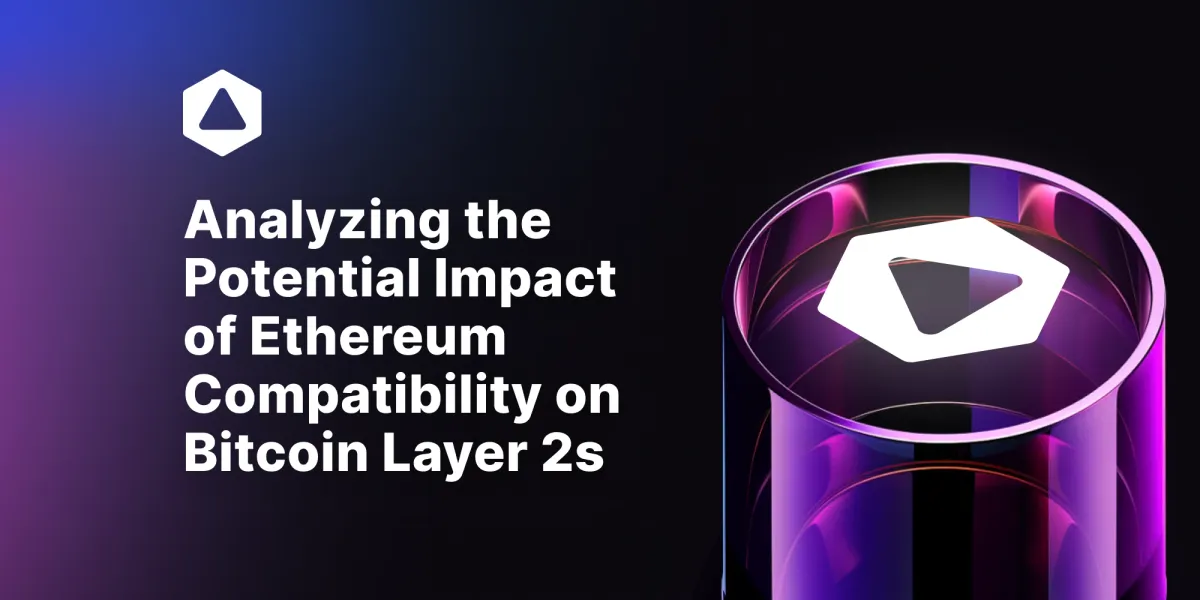
This is where Bitfinity saw an opportunity, and without wasting time, launched an EVM-compatible chain to the world of Bitcoin layer 2 solutions, that went live on the 19th of November 2024. Since then it has been a host of numerous DeFi projects building day in day out. But why are these projects particularly attracted to Bitfinity? Let's find out…
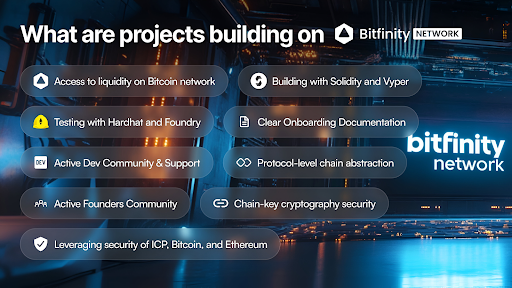
Why Many DeFi Projects are Building on Bitfinity
Built on the power of the Internet Computer, Bitfinity unlocked new opportunities for scalability, interoperability, and innovation in DeFi that had never been seen before.
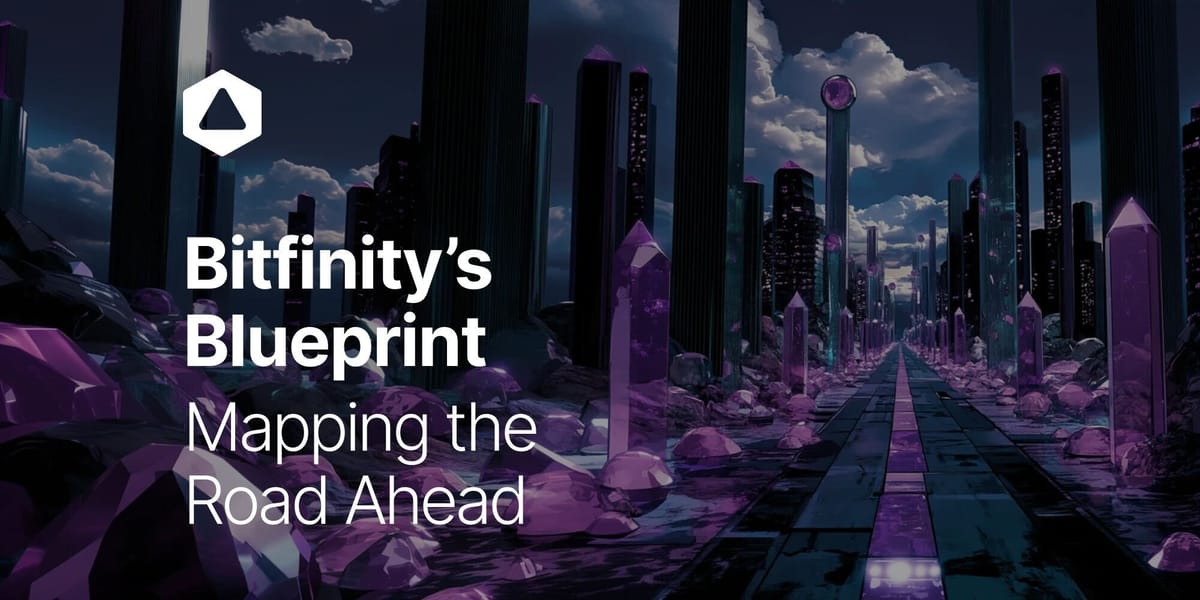
And since then, its ecosystem has been a host for new projects building day in day out. But there are many more attributes and features that make it attractive. They include:
Access to Biggest Liquidity on the Bitcoin Network
With Bitcoin’s $1.9 trillion market cap and unmatched liquidity attracting a growing interest from DeFi developers and institutional investors, Bitfinity seems to have arrived at a perfect time for the blockchain ecosystem.
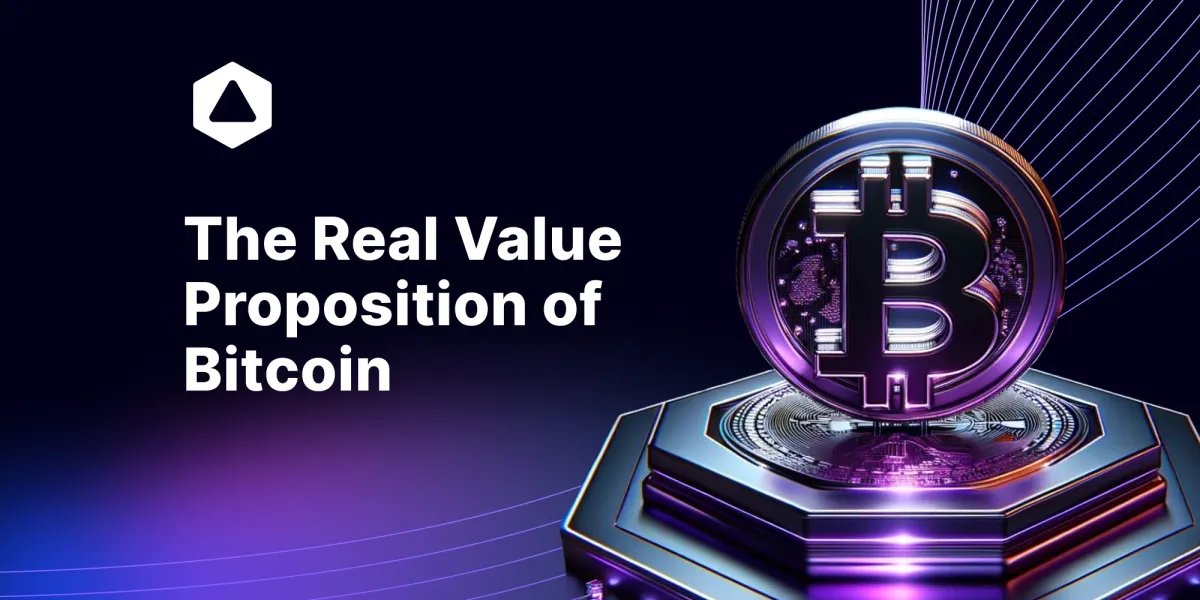
And it did not just arrive on its own; it introduced a dual bridge integration that connects Bitcoin assets (both fungible and non-fungible) with Ethereum-based DeFi applications and the ICP ecosystem.
That said, it now means that Ethereum developers can easily tap into the vast pool of liquidity in Bitcoin while using the underlying technology of the Internet Computer.
'Liquidity is no longer fragmented as Bitfinity connects EVM, ICP, and Bitcoin.'- Bitfinity
Writing Smart Contracts with Solidity and Vyper
One key advantage of Bitfinity is that it provides the Ethereum development experience on Bitcoin by allowing for the execution of smart contracts.
As we have mentioned on different occasions, a smart contract is a computer program that automatically executes an agreement when predetermined conditions are met. And to write these contracts, you need a programming language.
Smart contracts being a critical component of the Ethereum network, it uses two main programming languages to write them: Solidity and Vyper.
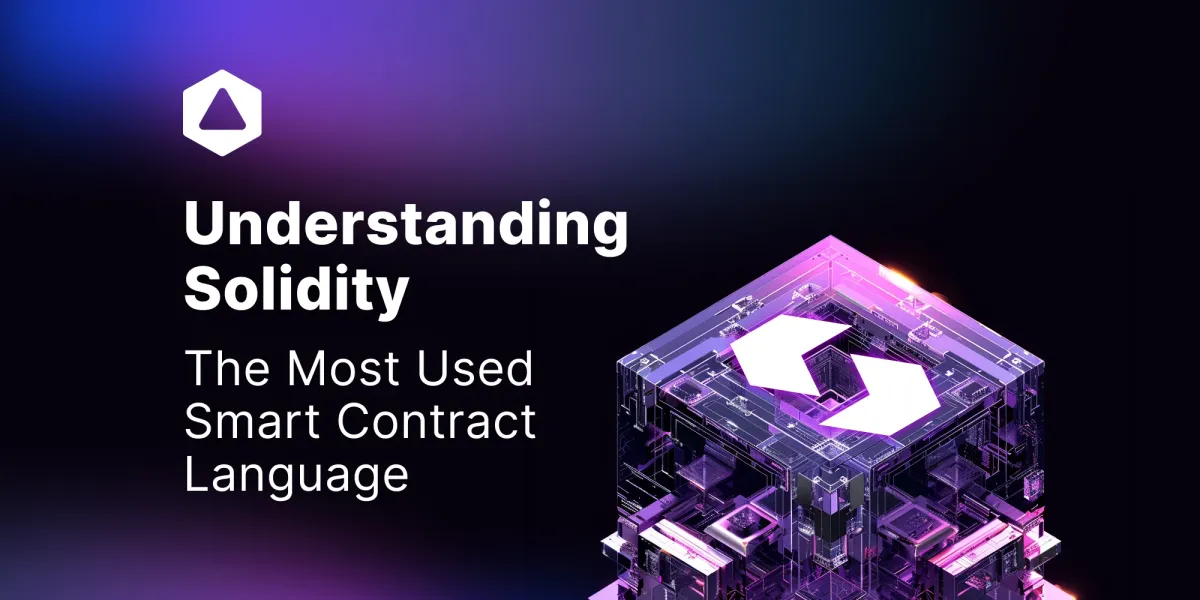
While Solidity facilitates a range of use cases such as DeFi, NFTs, and wallets, Vyper is designed to increase the security of smart contracts used on EVM-compatible blockchains.
As one of its key areas, Bitfinity has made it possible for developers to deploy smart contracts for Bitcoin, Ordinals, and BRC-20 - all written in Solidity and utilizing Vyper's security.

Testing with Hardhat and Foundry
Apart from allowing developers to execute smart contracts, Bitfinity also allows them to test for bugs and optimize their performance before launching them in their applications. It achieves this through two main testing frameworks: Hardhat and Foundry.
Hardhat provides an environment for compiling, deploying, testing, and debugging Solidity smart contracts. For an introduction on how to get started with Hardhat on Bitfinity, check this tutorial.

Foundry, on the other hand, is a fast, portable, and modular toolkit for Ethereum application development written in Rust, which provides a node, testing framework, and various EVM utilities and types.
Foundry has announced its support for @vyperlang 💻
— Bitfinity Network (@bitfinitynet) July 18, 2024
This means you can now test your Vyper smart contracts on #Bitfinity with Foundry. 🧑💻️
You don’t have to do anything on your part as Foundry will automatically detect your Vyper contracts.https://t.co/zszCXGZ2YP
Clear Onboarding Documentation
Whether you are an individual looking to onboard a DeFi project on Bitfinity EVM or a developer wanting to build on the network, Bitfinity has you covered through its well-written and easy-to-understand documentation.
The first site to access this documentation is the 'Bitfinity EVM Documentation,' which serves as a central hub for all information related to the network. It includes sections that guide users through the setup process, explain key features, and provide answers to frequently asked questions about the network.

For developers, a 'GitHub repository' is available to offer additional information on building and running on the network. Still, on GitHub is where its whitepapers can be accessed.
As if that isn’t enough, we also provide a ‘Blog’ where you can keep up-to-date with developments related to the next generation of DeFi and the wider crypto space.

Active Developer Community and Support
At Bitfinity, there is a vibrant group of developers actively using and contributing to various projects on the network. This growth is fueled by things like the extensive documentation that we have discussed above and also community platforms like Discord, where developers can interact, share ideas, and seek assistance.
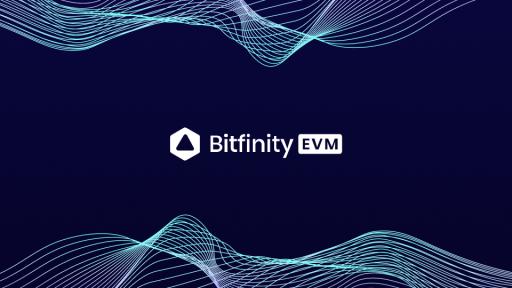
As a way of driving sustainable growth and active participation in this development, 63% of the 1B total supply of the native token $BITFINITY (BTF) was allocated to the community.
And 6% of this 63% was allocated to ecosystem development with a 4-year linear vesting. Through this, the network has been able to offer incentive mechanisms like the 'Bitfinity Network (EVM) Grant Program' to connect talented developers with funding opportunities.

Active Founders Community
At the core of Bitfinity's success is an active founders' community that brings valuable networking opportunities to the network. This community has been at the forefront of negotiating collaboration between Bitfinity and the projects building on it.
To aid them in this quest, the foundation was allocated 7% of the total supply, with 2.5% vesting at the Token Generation Event (TGE) and 4.5% vesting linearly over 3 years.
Through their efforts, they have been able to secure backing for Bitfinity from institutional investors, such as Polychain Capital and ParaFi Capital.
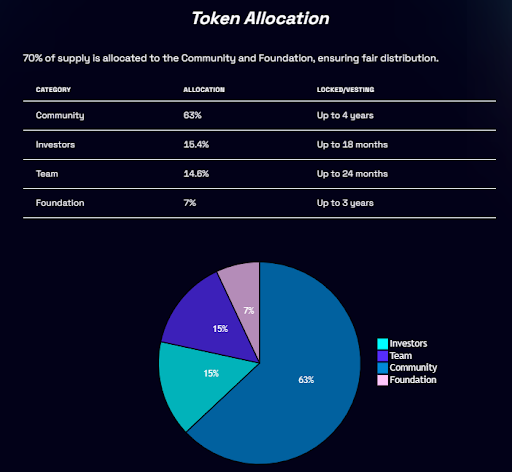
Protocol-Level Chain Abstraction
One of the key focuses of Bitfinity is to enhance the user experience through near-instant bridging between chains. To accomplish this, it employs an additional layer of abstractions known as chain-abstraction.
Chain abstraction is a concept that simplifies the user experience of blockchain technology and unifies transactions across multiple networks.- Cointelegraph
A component of this, Account-Abstraction, replaces traditional externally owned accounts (EOAs) with smart contract wallets that use ‘UserOperations’ to act as a pseudo-transaction submitted to a mempool.
Bundlers in these mempools aggregate these ‘UserOperations’ into a single transaction and then include them in a block. This way, faster chain transfers are achieved, minimizing the wait times often seen in other layer 2 solutions.
Chain-Key Cryptography Security
Security is a key element of any network. But a major problem is evident in most of the layer 2 networks that exist today. Most of their models predominantly revolve around deriving security entirely from the base chain using zero-knowledge proofs or optimistic rollups.
However, when analyzed closely, it turns out that this is really difficult to do for upgradable L2s. For instance, the need for upgrades in the Ethereum system introduces a dependency on external entities, like committees, to manage smart contract verifiers, shifting the security reliance away from the base chain itself.
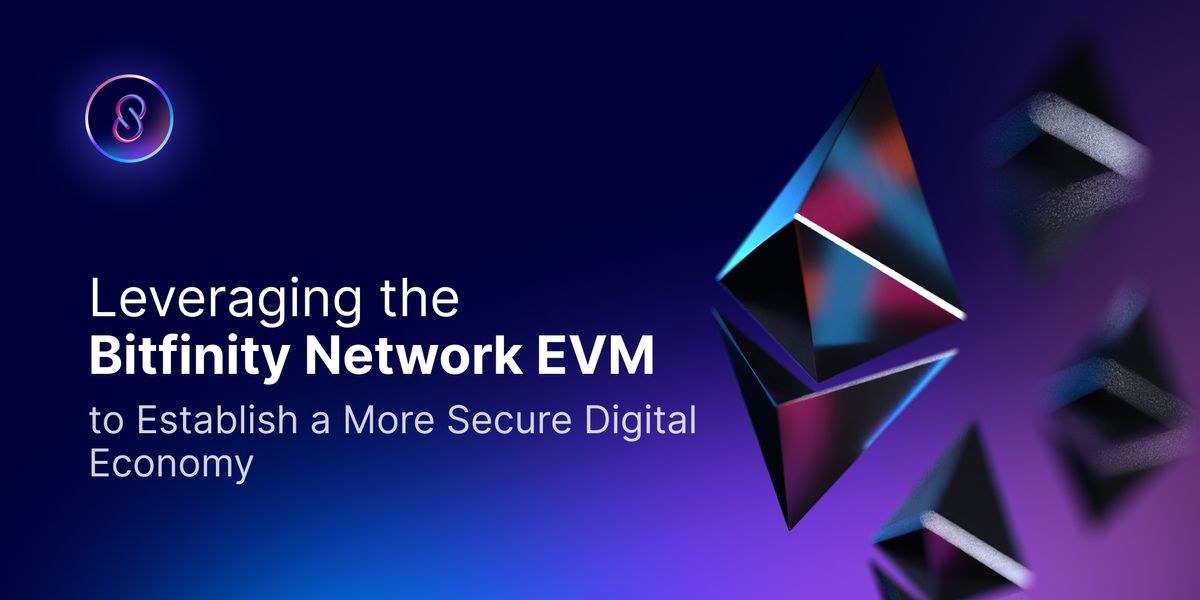
Bitcoin's scripting limitations, on the other hand, render zero-knowledge layer 2 solutions currently unimplementable. Therefore, the only security model left for L2s building bridges to these chains is committee-based security assumptions that private keys will not be stolen and the committee will not collude.
However, when it comes to Bitfinity, it takes a different path: it uses a threshold cryptographic scheme, called Chain-Key, to create a secure decentralized bridge to other chains.
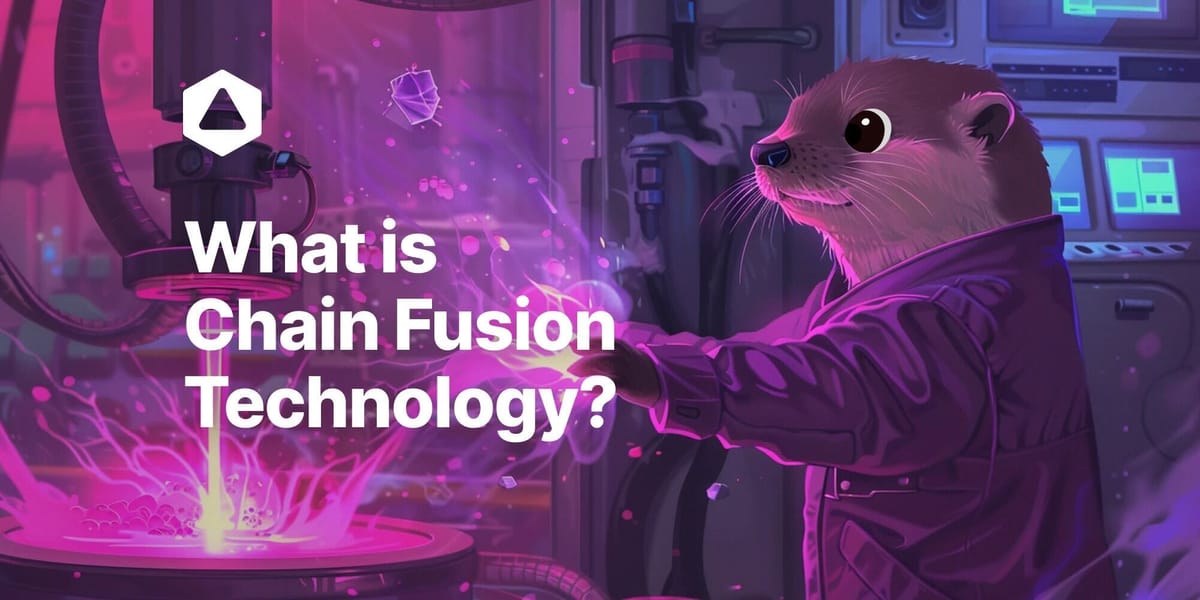
Chain-Key incorporates a threshold Elliptic Curve Digital Signing Algorithm (tECDSA) signature scheme where up to 40 nodes hold key shares.
This means that no single node ever has access to the threshold key and, as an additional security measure, the keys are regenerated on a periodic basis every 11 minutes in a process known as 'moon-math'.
Leveraging Security of ICP, Bitcoin, and Ethereum
As we began by saying, Bitfinity EVM is fully EVM compatible. This means that any application that runs on Ethereum can be deployed on Bitfinity, thereby benefiting from the Bitcoin Proof-of-Work secured network.
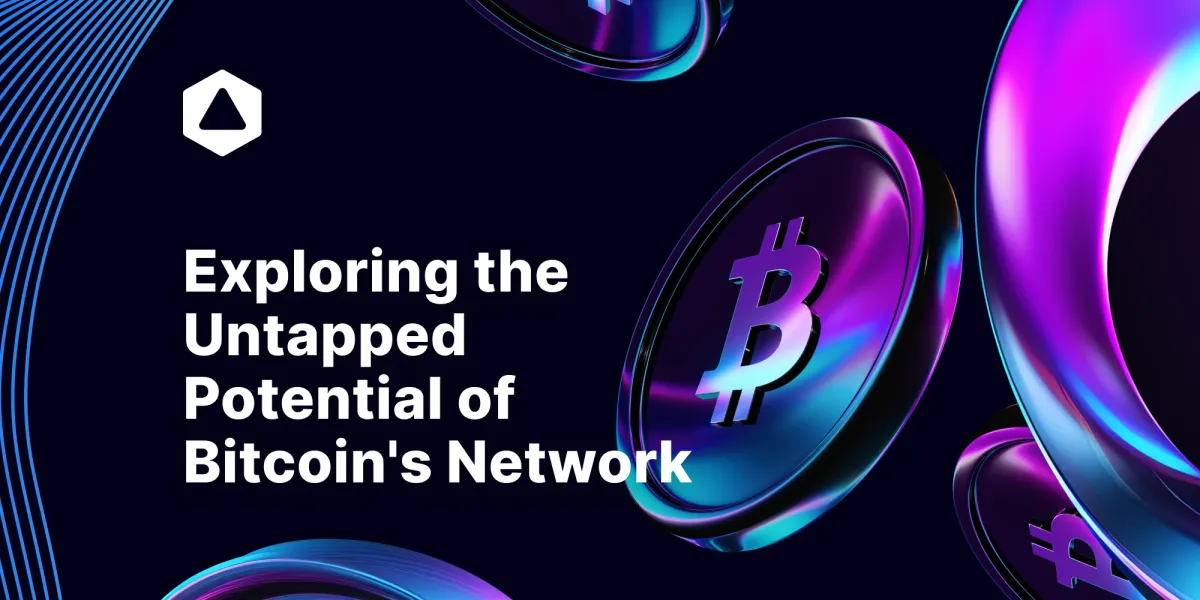
In addition, by running on Ethereum, Bitfinity allows these applications to also tap into its Proof-of-Stake security mechanism. Therefore, the integration between these networks acts as an additional build up to the ICP's Chain-Key security, making this a match made for people who want to be most secure.
Conclusion
When it launched, Bitfinity brought a compelling combination of features that had not been seen before. And since then, projects have been salivating to come and have a taste of this new building block for DeFi.
But as it was noted on the launch date, this is just the beginning of what it is building, and the pace seems to be set. With a foundation of strong partnerships and a passionate community, Bitfinity Network attracts and will keep attracting new projects that want to build on it.

Connect with Bitfinity Network
Bitfinity Wallet | Bitfinity Network | Twitter | Telegram | Discord | Github

*Important Disclaimer: The information provided on this website is for general informational purposes only and should not be considered financial or investment advice. While we strive for accuracy, Bitfinity makes no representations or warranties regarding the completeness, accuracy, or reliability of the content and is not responsible for any errors or omissions, or for any outcomes resulting from the use of this information. The content may include opinions and forward-looking statements that involve risks and uncertainties, and any reliance on this information is at your own risk.
External links are provided for convenience, and we recommend verifying information before taking any action. Bitfinity is not liable for any direct or indirect losses or damages arising from the use of this information.

















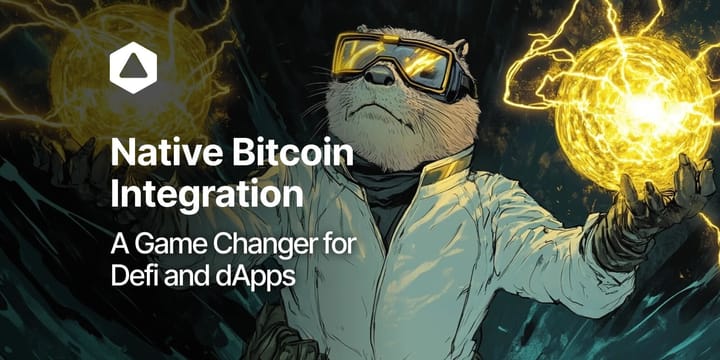
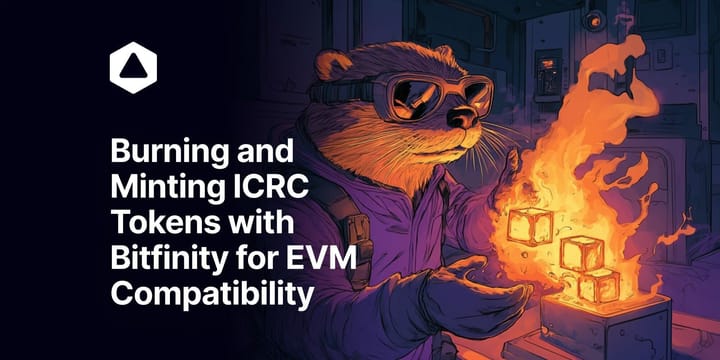
Comments ()